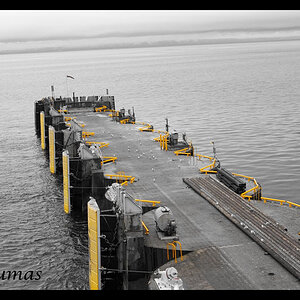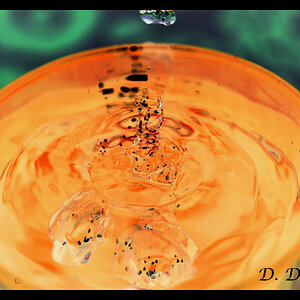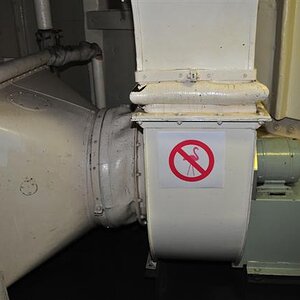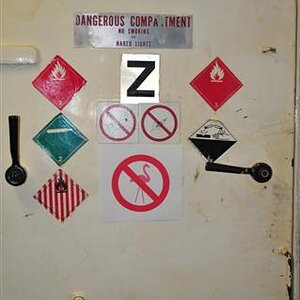Ever since becoming interested in photography, I've done all my printing via darkroom. However, due to space and time constraints living in a bigger city and environmental concerns, I've been considering making the switch to a negative/scanner/printer arrangement. Has anyone else made this conversion or thought of doing so? I have a good friend who is doing all her printing with an Epson printer/scanner setup scanning her medium-format negatives and editing them prior to printing, and I am surprisingly impressed with the quality of the prints she is making. I believe she uses "luster" style photo printing paper and the texture of the paper looks noticeably comparable to the grain quality of a darkroom print. I'd be excited to hear peoples' opinions on this matter or anyone's experiences having made this sort of transition. I've been exceptionally wary about integrating technology too heavily into my artwork, but I feel like this sort of setup wouldn't detract any of the integrity, and I feel that I'd probably get a lot more work done.
Feedback please!!
Feedback please!!



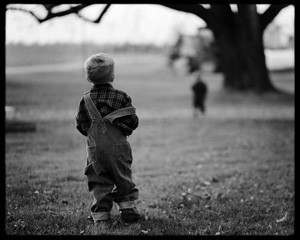
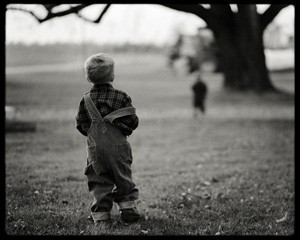
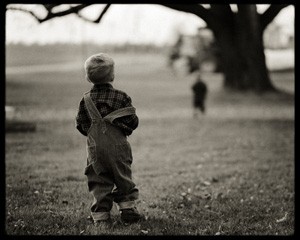
![[No title]](/data/xfmg/thumbnail/42/42061-9f4eb186c434652d6587c8bcdde59502.jpg?1619739997)
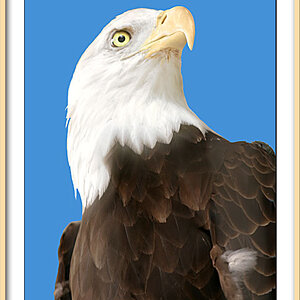
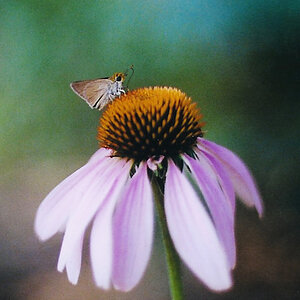
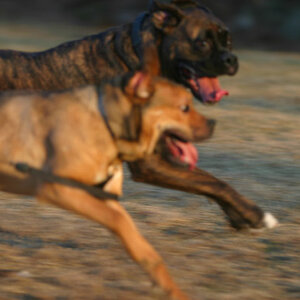

![[No title]](/data/xfmg/thumbnail/31/31014-6b1a572624824b852f5adaf3594767af.jpg?1619734569)

